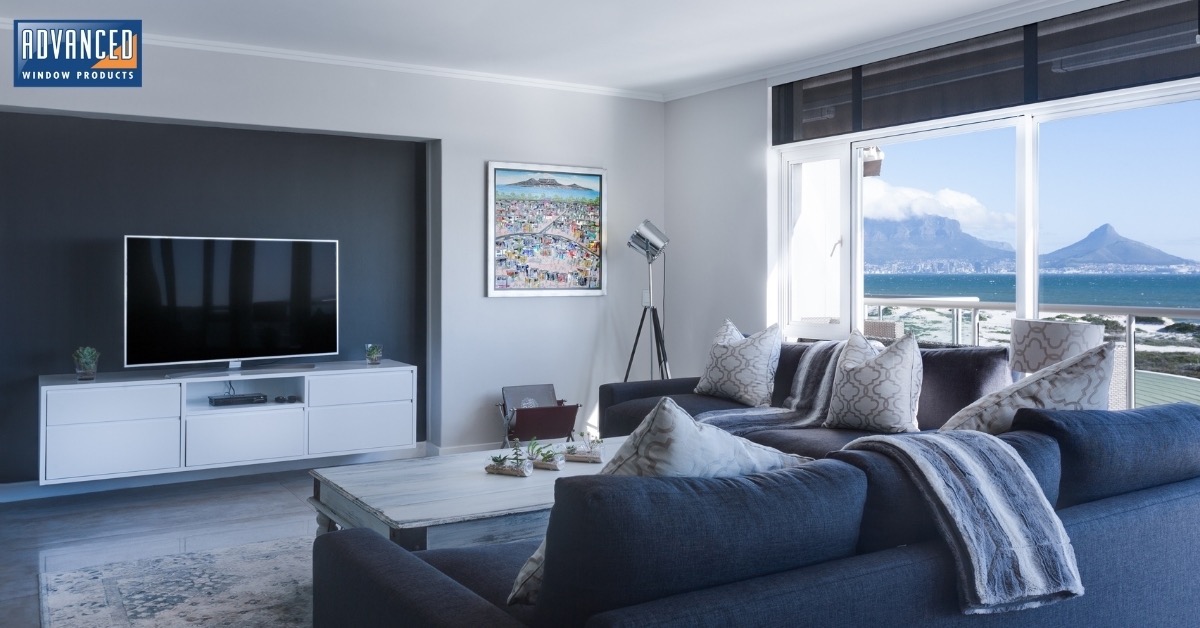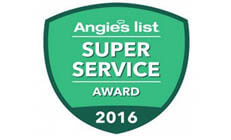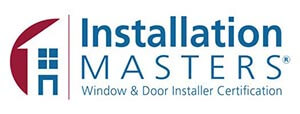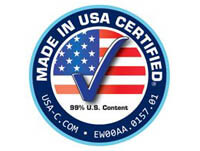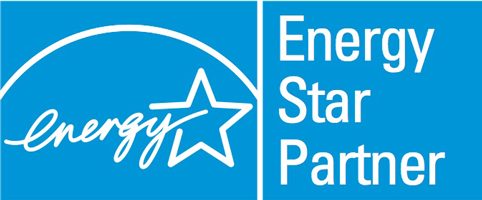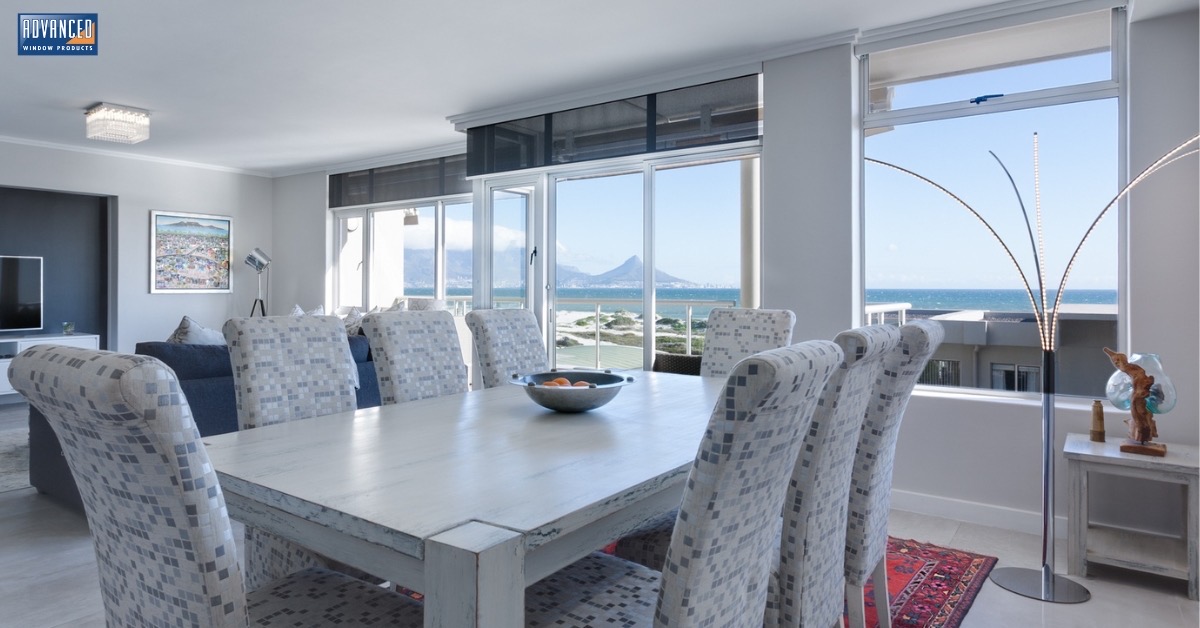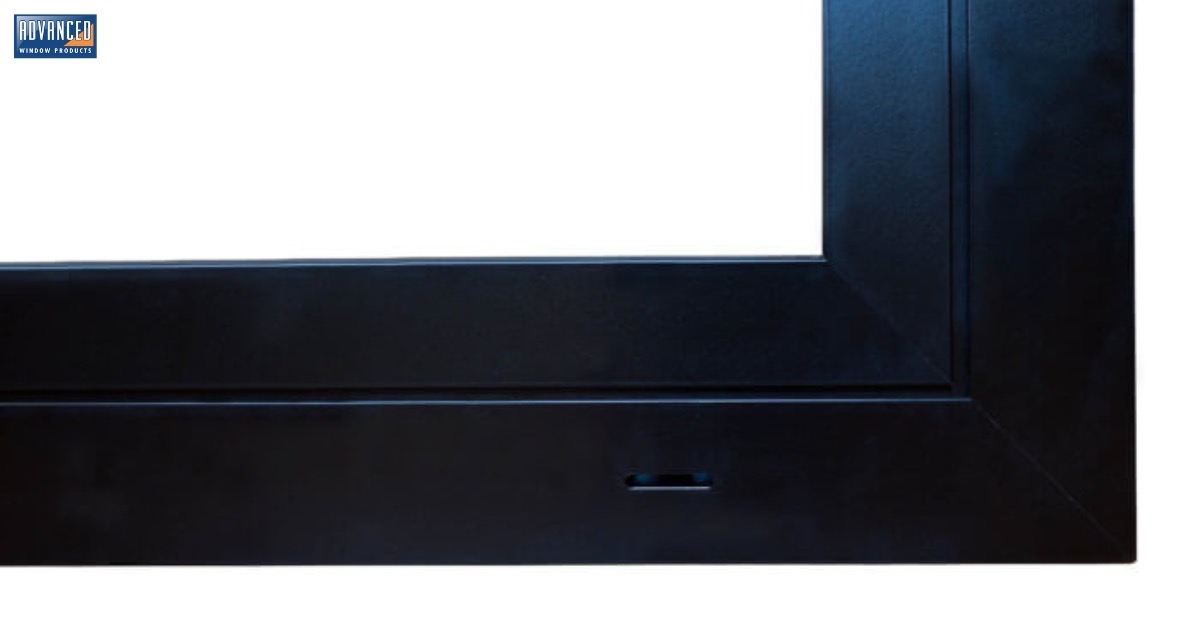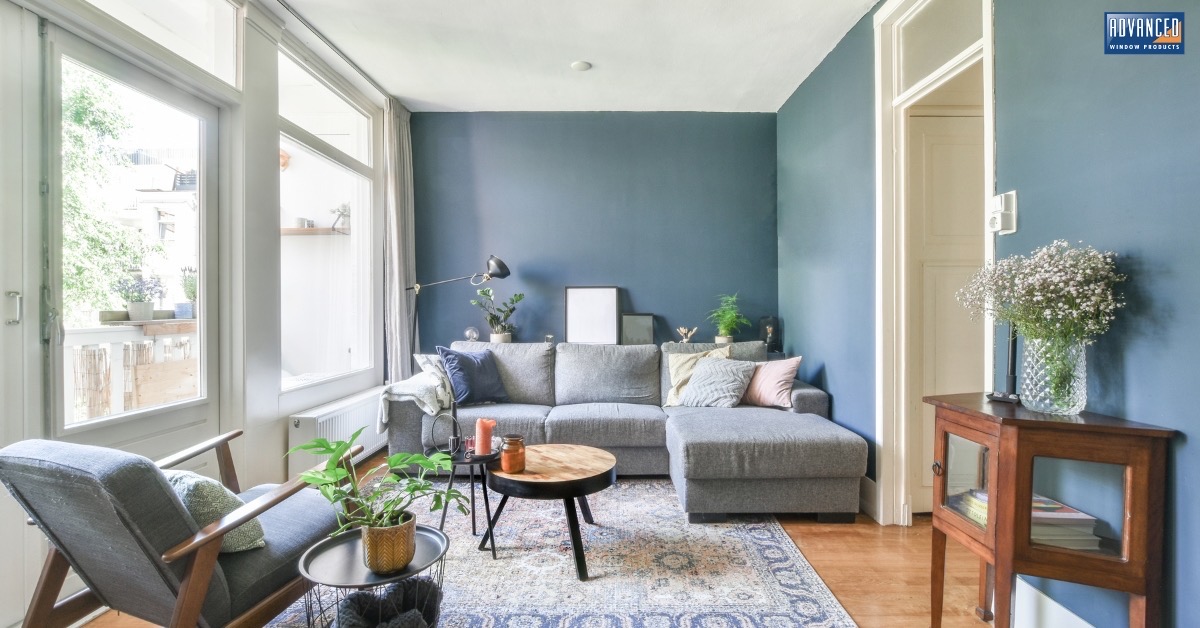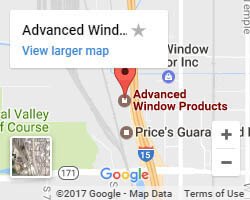Making your home more energy-efficient gives you the major advantages of optimal comfort and control over conditions throughout your home’s internal environment, and significant energy cost savings. You can significantly reduce your energy bills, and research has shown that energy-efficient homes have a greater average resale value. Your home’s increased energy efficiency further benefits the larger environment.
Below are listed some of the best ways to lower utility bills in your home.
It’s not a difficult or lengthy undertaking to make a home more energy-efficient. Actually, converting a house to a more energy-efficient home is a simple enough process, and you can do it one room at a time. Use these easy home energy savings tips to quickly start enjoying improved comfort and lowering utility bills.
Living Room
Electronics
Purchase televisions and other entertainment electronics bearing the EPA’s Energy Star® symbol. TVs rated as worthy of the Energy Star label use up to 25% less electricity than alternatives that are not approved to display the label.
Lights
Lights are major energy consumers in most households. Consider replacing regular incandescent bulbs with more energy-efficient compact fluorescent light bulbs (CFLs), which use around 75% less electricity. Add dimmer switches. Consider motion detectors for exterior lighting.
Fireplace
Keep the flue closed when your fireplace is not in use. An open flue is a source of very great heat loss. Heated air floods up and out the chimney, forcing your HVAC system to keep running, in order to compensate for all the heat loss.
Kitchen
It’s probably not a surprise to hear that kitchen energy use is the highest of any room in most homes. From refrigerating foods to cooking, to washing dishes in the dishwasher, typical kitchen activities involve high-energy use. Try these tips for reducing energy waste in the kitchen:
Refrigerator
The refrigerator uses more electricity than all other kitchen appliances combined. Avoid extreme losses of energy by simply opening the refrigerator door only when you really need to remove or put items in. Also, let hot foods cool before placing them in the refrigerator or freezer. Clean condenser coils periodically, as needed.
Stove and Oven
Use Energy Star appliances, and only turn on the stove burners or the oven when really needed. If the food you plan to heat can be just as well prepared using the microwave, then choose that alternative, vs. heating up the entire oven, or using the slower process of cooking on the stovetop.
Dishwasher
Turn on the dishwasher only whenever it is entirely full of dishes. Of course, to ensure that dishes will be well cleaned, load dishes appropriately, leaving enough space between items so that soap and rinse water can reach them.
Small Appliances
Many electronically driven devices constantly consume energy while they are not in use. So, unplug the coffee maker and other countertop appliances when not in use. Consider using a high-quality power strip for your collection of countertop kitchen appliances, so you can shut down power to all of these by pushing just one button.
Bedrooms
Windows
In your bedroom and throughout your home, check window seals and caulking, to prevent energy loss. Cover old single-pane windows with storm windows or clear plastic, for greater heating and cooling efficiency. Or, consider high-efficiency replacement window installations. To improve heating and cooling retention, consider using drapes with insulative properties. Add an extra blanket, vs. turning up the thermostat.
Vent Ducts
Wrap ductwork that passes through uninsulated areas, to improve comfort and reduce heat loss. Ensure that vent opening are not obstructed by furniture or shoes, or blankets, or clothing dropped on them, which reduces comfort and forces your HVAC system to work harder.
Ceiling Fans
Use a ceiling fan to circulate heating and cooling. If your fans have switches enabling you to change the rotation, use the switch to accommodate seasonal needs for drawing cool air upward or driving hot air downward. When employed efficiently, ceiling fans can reduce the burdens on higher energy-consuming heating and cooling systems.
Bathrooms
Showers
Showers are a common point of extreme energy waste, due to using excessive amounts of water. To reduce your electricity bill and water consumption, install low-flow showerheads. Also, if you have an old water heater that is due for replacement, consider switching to a tankless model. You can insulate your existing hot water holding tank, to help maintain hot water for long periods without triggering the automatic reheating mechanism.
Toilets
Replacing old toilets with low-flow or dual-flush toilets saves large volumes of water over a year period. Older toilets may use up to 7 gallons of water per flush. Install a toilet that bears the EPA’s WaterSense label, to ensure maximum efficiency of water use by your toilet. (The old brick in the toilet tank approach does work but is less efficient in reducing a toilet’s water usage than installing a low-flow toilet, and using the brick can lead to issues with the functionality of a toilet.)
Sinks
Consider installing a low-flow faucet, or add an inexpensive faucet water aerator to your existing faucet for just a few dollars, to reduce water consumption at your bathroom sink. Combined with the other savings of water and electricity you can realize from other changes to reduce water and electricity usage in your bathroom, you can save enough to pay for the modifications.
Laundry Room
Washer
Washing machines are one of a household’s hardest-working major appliances. So, naturally, they are comparatively big energy users. To minimize energy loss, only use the machine when you have accumulated a full load to be washed.
Dryer
Avoid overloading the dryer. Clothes dry faster when they are not too tightly packed into the dryer. Also, avoid leaving laundry in the dryer with the machine running longer than necessary. Be sure to clean the lint trap frequently, ideally after every load.
Advanced Window Products
We are Utah’s leading window company. We offer high-quality, energy-efficient windows, French doors, patio sliding glass doors, and dog doors for sliding glass doors at affordable prices for Utah homeowners.
We manufacture and sell our premium-quality, high-efficiency windows to our customers factory-direct, making it possible to offer the best possible prices, with no retail markup. All our installers are professionals, with NFRC, AAMA, Energy Star, and lead-safe certifications. All our windows come with our double lifetime warranty and our satisfaction guarantee. We are a green business.
Come visit our downtown showroom, or call us at Advanced Window Products in Salt Lake City UT, anytime, for a free in-home estimate.

